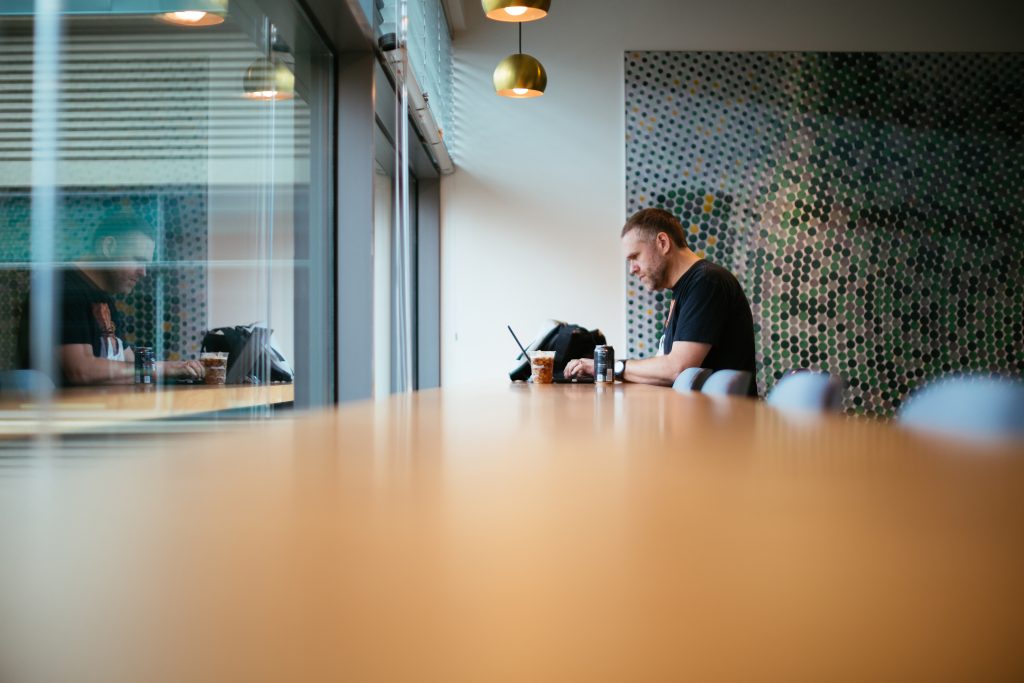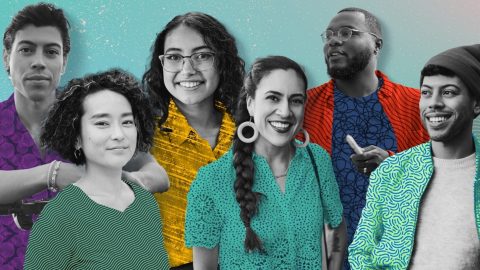Mental health as a disability: designing for accessibility
One in eight people, or nearly 1 billion, live with a mental health condition. Given the scope of the challenge, innovation is key to advance mental health support for greater numbers of people around the world.
For instance, in India, an estimated 83 percent of the 300 million people who need mental health care do not get the support they need. The Microsoft Accessibility Innovation Team is working with digital mental health startup IWill to address this care gap. Through a Microsoft grant, IWill has already facilitated more than 600,000 counseling sessions via its app. However, with a population so large the needs are too great to facilitate without the use of technology. To support, IWill is now developing an AI-powered cognitive behavioral therapy (CBT) chat bot to support.
This is just one example of the crucial work happening worldwide to address mental health concerns.
On World Mental Health Day, we’re reiterating that mental health conditions are disabilities. Mental health conditions such as anxiety and depression make up the largest disability segment in the world.
Centering people, not technology
While discussions of technology often revolve around what a feature or app can do, we have learned that starting the discussion about the person who will use the technology leads to more accessible results. Microsoft’s Accessibility grantee SafeLab is doing just that by developing JoyNet, a web-based platform supporting the mental health of Black youth. SafeLab is leveraging AI to generate personalized content and co-creating strengths-based resources that resonate with young people. JoyNet aims to make it easier for all youth, especially those in underserved and marginalized communities, to tap into joy and resilience.
The most useful solutions come from members of the communities they are designed to benefit.
Thought starters for mental health inclusion
The process of building inclusive technology should include co-creation with disability communities and ongoing conversations with people who live with mental health conditions. Through collaboration with people with lived experiences of mental health conditions, we’ve learned that people do best with digital spaces that are:
- Calm and organized to better absorb information and feel in control
- Conducive for focus to support sustained attention and progress
- Clear and intuitive to easily turn information into action
When building technology for mental health, we’ve worked with mental health community practitioners to come up with a series of questions to help design more accessible experiences, such as:
- Is there a clear hierarchy of information, making it easy to find what is needed?
- Are breaks encouraged following periods of extended use?
- Is the user interface (UI) consistent, making it predictable and intuitive?
There are also Mental well-being prompts to facilitate the creation of products that are accessible for and inclusive of mental health. The process of building inclusive technology should always include co-creation with disability communities and ongoing conversations with people who live with mental health conditions.
When developed and used in an empowering way, there is no limit to what people can do with technology, especially when technology reflects the diversity of all who use it.
Microsoft remains committed to working toward this purpose and will continue to share our learnings along the way. The challenges facing people with disabilities are complex and no single company can solve them alone. By supporting others and sharing our knowledge, we hope to foster collective action and amplify impact, driving progress faster and further than we can on our own.
Here are resources for those creating solutions with mental health in mind:








